The Brief History of The Audemars Piguet Royal Oak
The year was 1972 and Swiss watchmaker, Audemars Piguet needed an absolute game-changer in order to survive. In the early 1970s, the quartz watch movement was introduced by Seiko with the first quartz movement watch, the Astron. A quartz movement is battery powered and is considered a more practical, accurate, and cheaper way of keeping time versus the luxurious mechanical craftsmanship found in most Swiss watches. Following the introduction of the Quartz movement, most of the Swiss watchmakers referred to this period as “The Quartz Crisis” due to the threat of the emerging market for lower-priced watches. The quartz movement largely replaced mechanical watches around the world and pushed a lot of the Swiss Watchmaking industry to the wayside. Resulting in a majority of the word’s watch manufacturing shifting from Swiss to Asian companies such as Seiko, Citizen, and Casio who favored the new quartz technology with much lower retail prices.
Audemars Piguet was one of the many Luxury Swiss watchmakers that needed to adapt to the fast-changing market. Without a new and innovative design, Audemars Piguet knew that financial collapse would be inevitable.
In 1971, on the eve of The Swiss Watch Show (now called Bazel World) Audemars Piguet sought out the design help from Geneva-born, Gerald Genta. Genta was born in 1931 and had established himself as a master watch designer with his previous work with Universal Genève, Omega, and Patek Phillipe. With less than a day’s notice, Genta went to work. After an all-nighter, Genta delivered AP their newest design for an all-steel sports watch. Thus the specs for the Royal Oak were born. Taking inspiration from a deep-sea diving helmet, the design by Genta featured a 39 MM case, exposed screws on the bezel with an octagonal case shape, and a full steel integrated bracelet. Considering that the design was mainly inspired by a diver’s helmet, AP decided that the watch’s name should also be in line with its nautical theme- the name Royal Oak was derived from a series of 8 vessels (Octagonal watch face) made of hollowed-out Oak trees apart of Britain’s Royal Navy in 1651.
By Bazel World 1972, the Royal Oak was finally ready to unveil to the public. Priced at 3300 Swiss Francs ($3377 USD), the initial reception for the Royal Oak wasn’t what Audemars Piguet had hoped. In the midst of the “Quartz crisis,” many critics speculated that AP would be “bankrupt within a few months,” but obviously that wasn’t the case. AP moved 1,000 units in the first year despite criticisms that the watch was too expensive considering at the time it was triple the price of a Rolex Submariner. The Royal Oak redefined what some refer to as “Haute Horology,” which bases a watch’s price on more than just precious metal, but the sheer design complexity, interior movements, and finishings. In part, the Royal Oak helped redefine the luxury watch market at a time of crisis for many Swiss watchmakers.
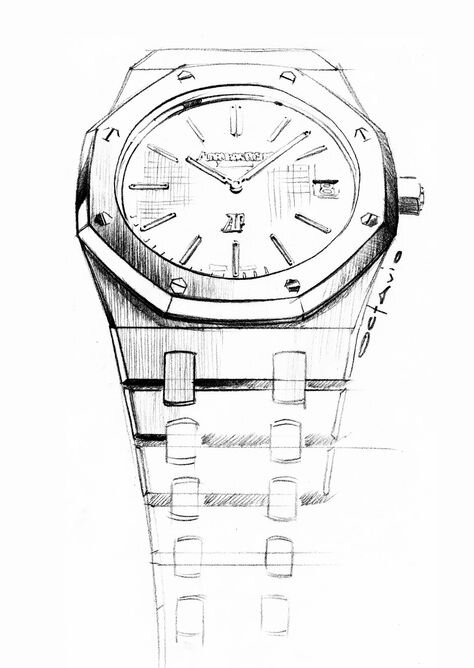



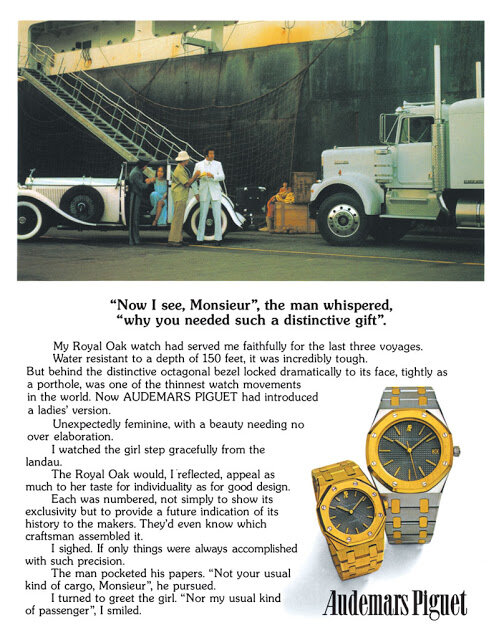
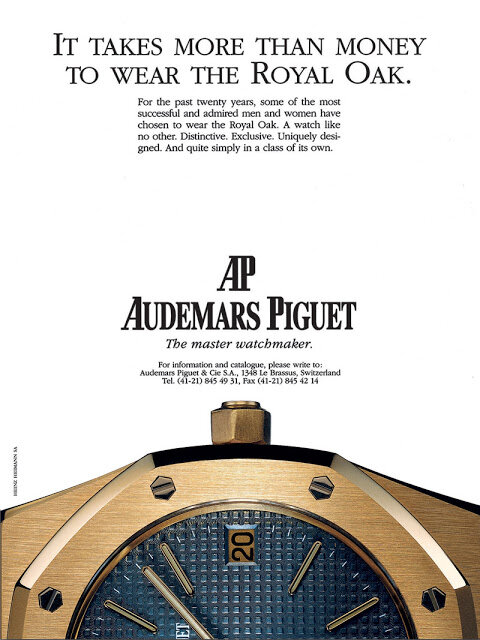
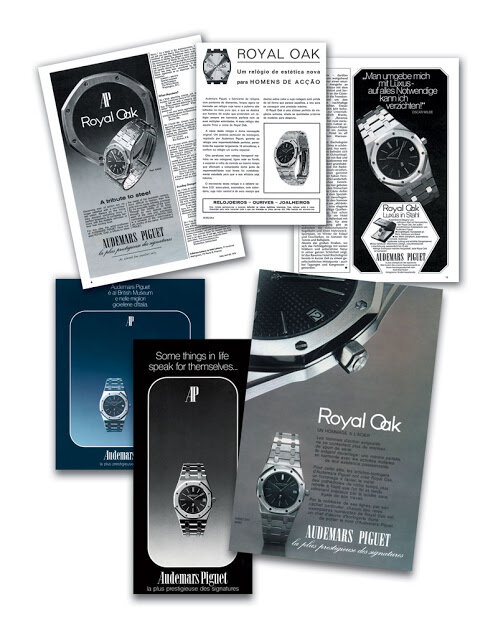



Following the initial release of the Royal Oak in 1972, Audemars Piguet introduced variations of the new concept in various different metals, leather & rubber strap options, and advanced movements and complications. To celebrate the 20 year anniversary of the Royal Oak, AP hired Emmanuel Gueit to design an updated model that paid homage to the Royal Oak’s design ethos. The new model that Gueit came up with would eventually be called the Offshore. AP describes the Offshore as “an ever more sporty, masculine and powerful take on the iconic Royal Oak and its aesthetic codes.” The Offshore was introduced in 1993 and was received similarily to the Royal Oak. The critics proclaimed that the Offshore completely destroyed the legacy of the Royal Oak. Even Genta was displeased with the updated design. However, despite initial criticism, the Offshore proved to be a great success. The offshore celebrated its 25 year anniversary in 2018.





10 years after the launch of The Offshore, AP once again wanted to celebrate The Royal Oak with a new design that paid homage to the iconic model. In 2002, the AP Concept was born. The Concept watch embraces the iconic Royal Oak shape but fully steps into the future. The Concept is AP’s most futuristic watch to date which is mainly inspired by design codes of the aeronautical industry. The watch is constructed out of Alcarite 602 which is a durable cobalt & chrome alloy and features an openwork face that displays the watch’s high caliber movements. The Concept is a modern masterpiece that challenged watchmakers to use materials and ideas outside of your classic watchmaking techniques.

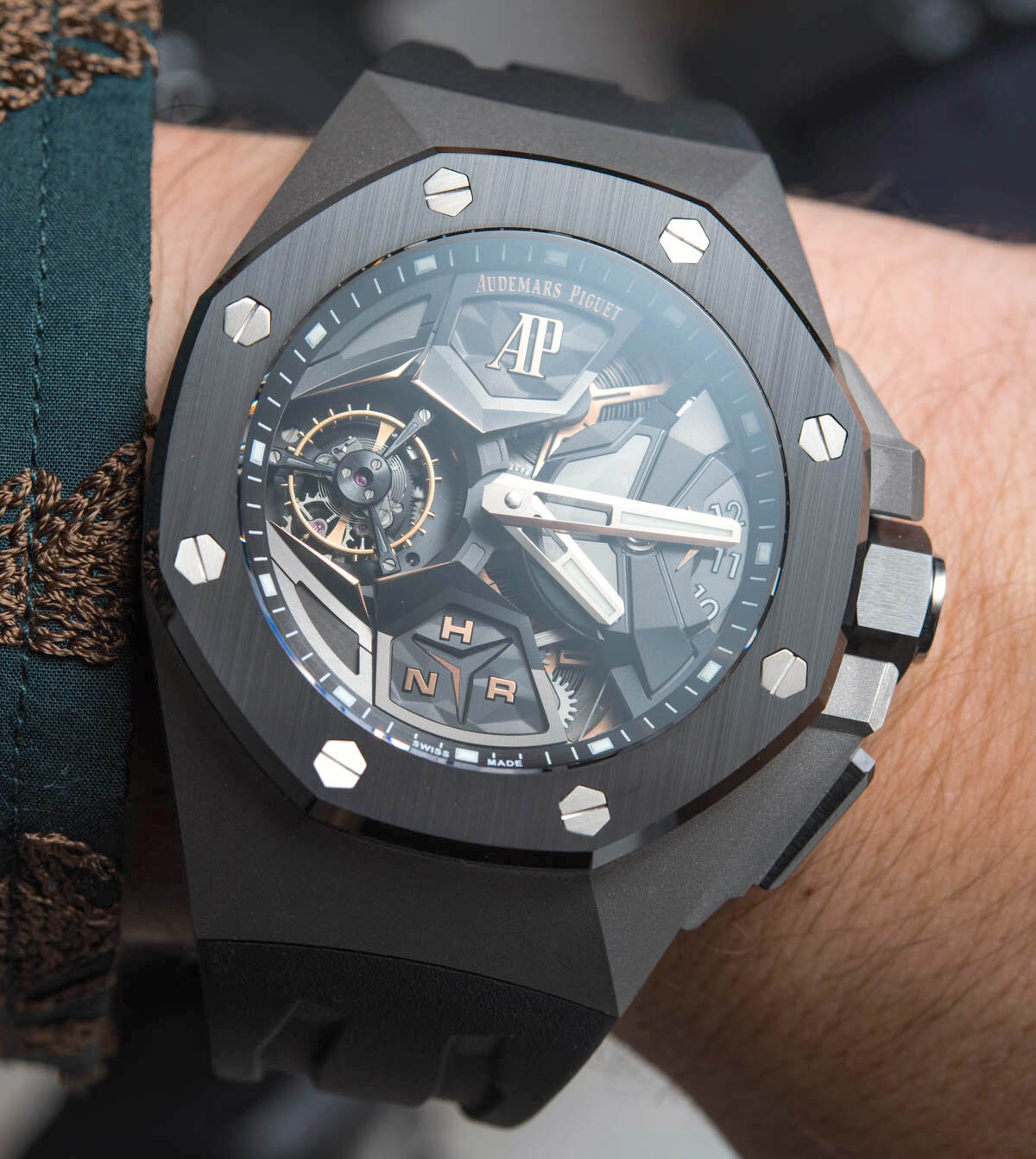



In many ways, The Royal Oak has dictated the Audemars Piguet brand since its inception in 1972. From almost falling into a financial crisis to now celebrating almost 50 years of design excellence found in the Royal Oak. The Offshore & The Concept are true testaments to the impact The Royal Oak has had on not only just the Audemars Piguet brand but the entire watchmaking industry. Today, the Audemars Piguet Royal Oak is one of the most popular watches in the world. Its octagonal face and signature integrated steel bracelet has made the Royal Oak one of the most collectible and sought after watches in the world of horology.


